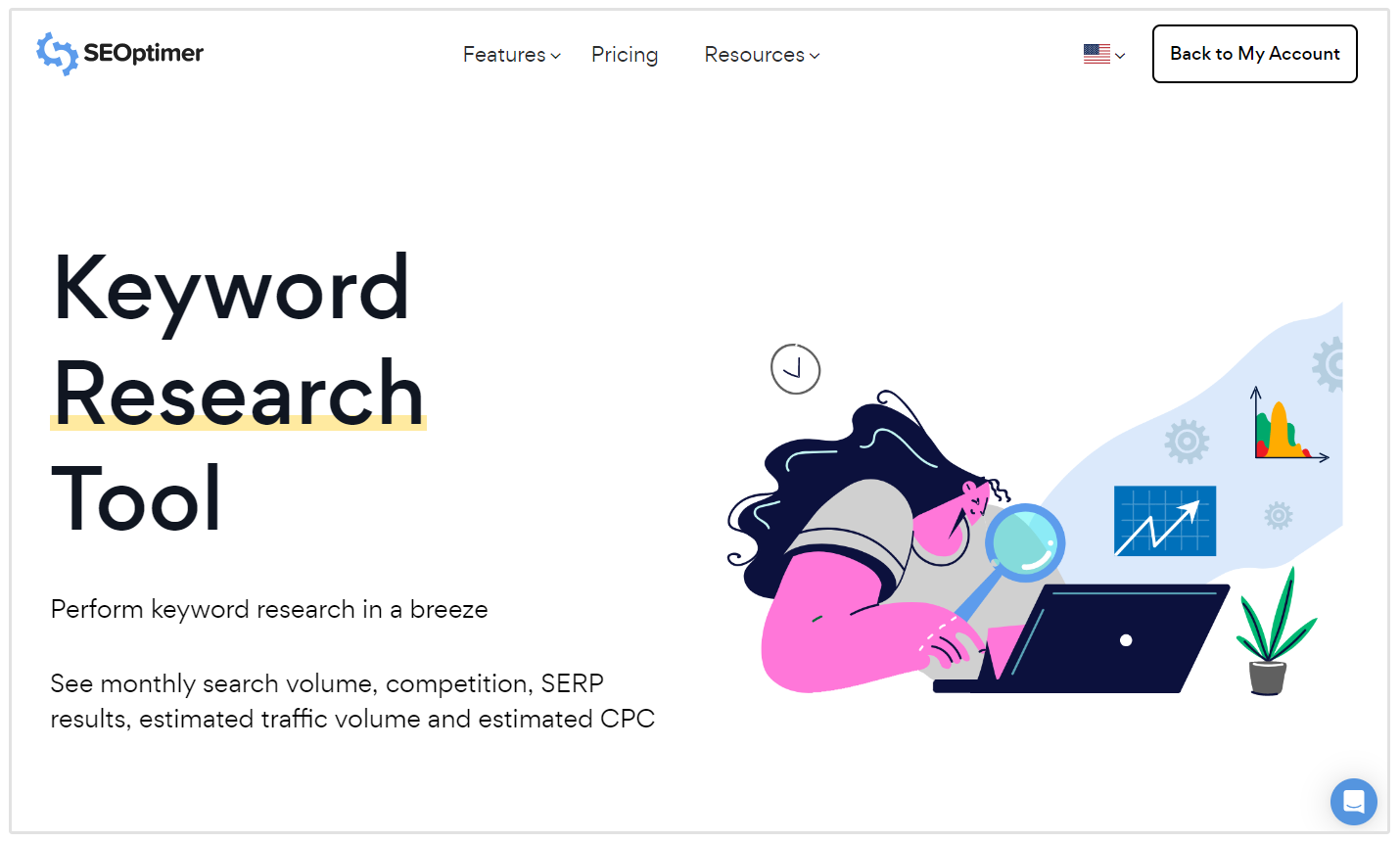Comprehending Secondary Dimensions in Google Analytics: What is a Secondary Dimension and How It Enhances Data Analysis
Comprehending Secondary Dimensions in Google Analytics: What is a Secondary Dimension and How It Enhances Data Analysis
Blog Article
Maximizing Your Information Analysis With Additional Measurement in Google Analytics for Informed Decision-Making
Google Analytics, a powerful tool in the hands of electronic online marketers and analysts, provides a function recognized as Secondary Dimension. By tapping into the capabilities of Secondary Measurement, individuals can get an extra comprehensive view of their data, enabling them to make tactical decisions based on a more nuanced and detailed analysis.
Understanding Secondary Dimension Functionality
Understanding the second measurement functionality in Google Analytics enhances the depth of data evaluation by giving added context to main metrics. By integrating an additional dimension, analysts can segment and contrast information, acquiring insights that would otherwise remain concealed. This function allows individuals to view data via different lenses, such as the source of website traffic, user habits, or geographical location, providing a much more extensive understanding of site efficiency.
Utilizing second dimensions can expose patterns and relationships that may not appear when looking exclusively at primary metrics. For circumstances, matching the main metric of page views with a second dimension like tool category can discover whether particular devices drive even more website traffic to details web pages. This information can then notify internet site optimization techniques tailored to various tool customers.
Carrying Out Secondary Dimension in Reports
Building upon the insights gained with second measurement evaluation, incorporating these dimensions efficiently into reports in Google Analytics is critical for extracting actionable data-driven decisions. what is a secondary dimension in google analytics. By carrying out second measurements in records, users can delve much deeper right into the performance metrics of their web site or application. This function enables a more detailed evaluation by supplying extra context to the main dimension chosen
To implement a secondary measurement in records, merely browse to the wanted report in Google Analytics and click on the "Second measurement" tab situated above the data table. From there, users can pick from a wide variety of additional dimensions such as 'Source/Medium', 'Tool Group', or 'Landing Page'. Choosing one of the most relevant second measurement will certainly rely on the specific understandings you are looking for to discover.
Using secondary dimensions in records not just improves the depth of evaluation however also help in determining patterns, patterns, and connections that might have or else gone unnoticed. This strategic strategy to information interpretation enables companies to make enlightened choices that drive growth and success.

Analyzing Information With Second Measurements
Upon incorporating second measurements right into data analysis within Google Analytics, a comprehensive evaluation of vital efficiency indicators can be accomplished, using important insights for critical decision-making. By making use of second dimensions, experts can better dissect their key data measurements, such as website traffic resources or customer demographics, to reveal patterns or trends that may not be right away apparent. This deeper level of analysis enables for a more thorough understanding of user actions and communications on an internet site or digital platform.
Examining data with additional measurements enables online marketers and internet site owners to respond to more particular inquiries regarding their audience, material efficiency, and marketing efforts. By integrating the primary measurement of traffic sources with a secondary dimension like geographical place, companies can identify which areas drive the most important website traffic to their website. This sort of granular insight can notify advertising strategies, material production, and website optimization efforts to better accommodate the needs and preferences of their target audience.
Leveraging Secondary Measurements for Insights
By including second dimensions successfully, experts can extract much deeper understandings from data collections in Google Analytics, improving the understanding of individual actions and performance metrics. Leveraging additional dimensions entails integrating different attributes or metrics with main data to reveal patterns and trends that may not be noticeable at first glimpse. For circumstances, by including a secondary measurement such as 'Device Classification' to a record on internet site traffic, analysts can determine whether individual actions special info varies throughout various tools like desktop computers, mobile phones, or tablets.
Additionally, using additional measurements permits experts to sector data a lot more granularly, enabling them to recognize certain target market segments or geographic places that exhibit distinct habits. what is a secondary dimension in google analytics. This division can be instrumental in customizing marketing techniques, optimizing website content, or improving individual experience based on the distinct attributes of each segment
Essentially, leveraging secondary measurements in Google Analytics empowers analysts to dive much deeper into data, acquire purposeful understandings, and make notified decisions that drive service growth and success.
Enhancing Decision-Making Through Second Dimensions
Utilizing second dimensions in data evaluation supplies a tactical advantage by revealing workable insights that drive educated decision-making in Google Analytics. By improving decision-making through second measurements, users can dive deeper into their data to remove useful information that might not be quickly evident. These added dimensions supply a more thorough view Visit Your URL of customer habits, interactions, and end results, enabling analysts to make more educated choices based on concrete information.
With the application of additional measurements, experts can sector and filter data to recognize patterns, patterns, and relationships that might influence decision-making procedures. This enhanced degree of granularity enables an extra targeted method to assessing data, resulting in even more exact and informative conclusions.
Additionally, secondary dimensions give the opportunity to compare various information factors side by side, promoting a more detailed assessment of performance metrics and KPIs. By leveraging second measurements effectively, services can maximize their techniques, enhance customer experiences, and inevitably achieve their goals with confidence.
Final Thought

Structure upon the understandings gained with second dimension analysis, including these measurements efficiently right into reports in Google Analytics is Read More Here important for removing workable data-driven choices.To execute an additional dimension in reports, simply navigate to the wanted record in Google Analytics and click on the "Additional dimension" tab situated over the data table. By utilizing second measurements, experts can additionally explore their primary information dimensions, such as traffic sources or individual demographics, to uncover patterns or fads that may not be promptly evident. By integrating the main measurement of web traffic resources with a second measurement like geographical area, companies can determine which regions drive the most valuable traffic to their site.By incorporating secondary dimensions efficiently, analysts can extract deeper insights from data sets in Google Analytics, enhancing the understanding of user behavior and efficiency metrics.
Report this page